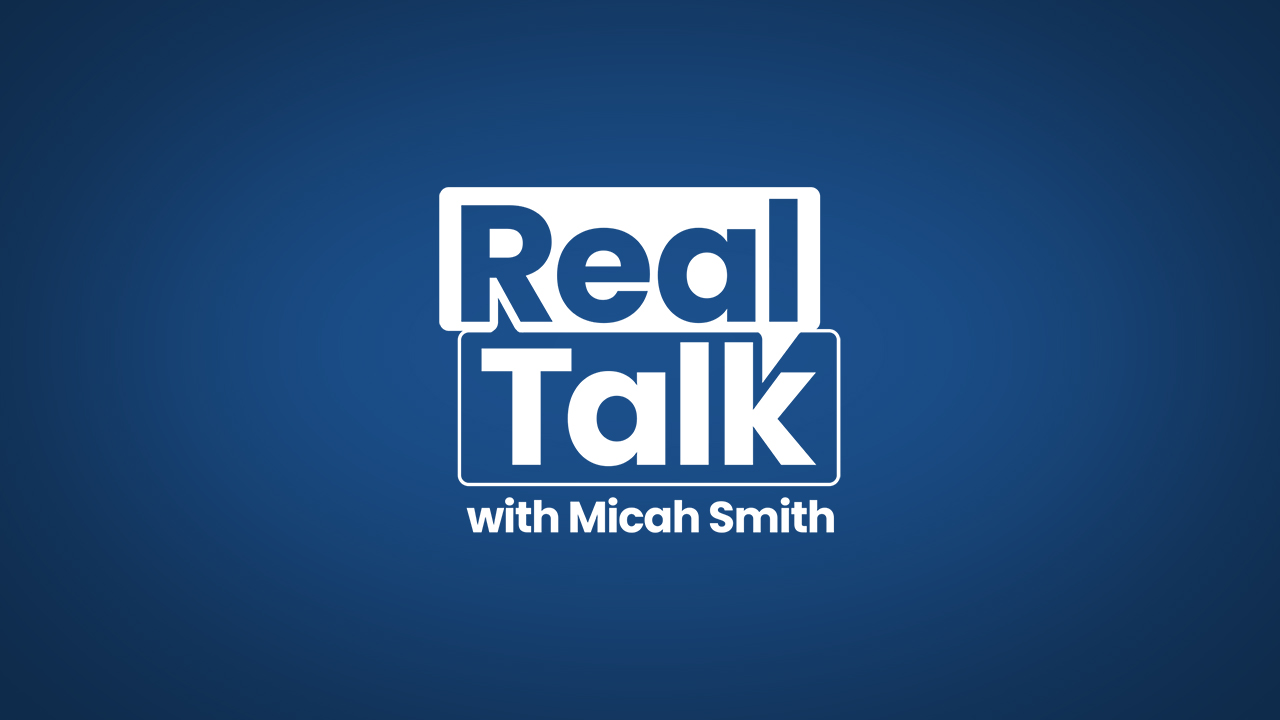BOULDER, Colo. –Engineers at the University of Colorado Boulder have developed a new padding design to help protect things from big impacts.
Impact mitigation is one of the things Rob Maccurdy, assistant professor of mechanical engineering, is focused on.

“What we're trying to do is to design a material based on its shape that can be more broadly applicable to a more wide variety of impact scenarios,” said Maccurdy. “You can have a very light mass moving really fast, you can have a very heavy mass moving really slowly, and those could have actually identical energies, and yet, they'd be a very different impact scenario.”
The research team is not focused on the type of material being used, but rather the geometry of that material.
“These lattice structures, as we call them, will deform,” said Charles Wade, a PhD student. “How they deform will determine how much energy they absorb and how much is prevented from going into whatever we're trying to protect.”

Wade is studying computer science and 3D printing. He wants to use his background in software and coding to get the most out of the ever-growing 3D printing industry. He’s gaining valuable experience using the printers to create these new geometric shapes.
“It's a very cutting edge space to be in answering the question of how do we properly use these machines,” said Wade. “We spend millions of dollars building 3D printers. Shouldn't we also be spending that much money developing design tools to effectively communicate from us as humans to the 3D printer what we want to build?”
In many cases, the software hasn’t kept up with the new 3D printing hardware being developed.
“A lot of designers nowadays are limited by what they can construct on these 3D printers,” said Wade. “Not by the machine itself, but an ability to communicate their design intent as a person to the printer as a machine.”
The materials being tested are likely to help in many different applications.

“There are really broad applications," said Maccurdy. “Everything from, say, vehicle bumpers, crash barriers on the highway, packing materials, delivery systems, personal protective equipment, either helmets or padding.”
“Personal protective equipment is a big one,” said Wade. “Human beings are all different. We all need something tailored for our bodies and the energies we might expect to encounter.”
The group is currently testing the new shapes for many different applications, and even working with companies to help create products together. It will still be at least a year, however, before we see any of these products out in the world.





Denver7 is committed to making a difference in our community by standing up for what's right, listening, lending a helping hand and following through on promises. See that work in action, in the videos above.





